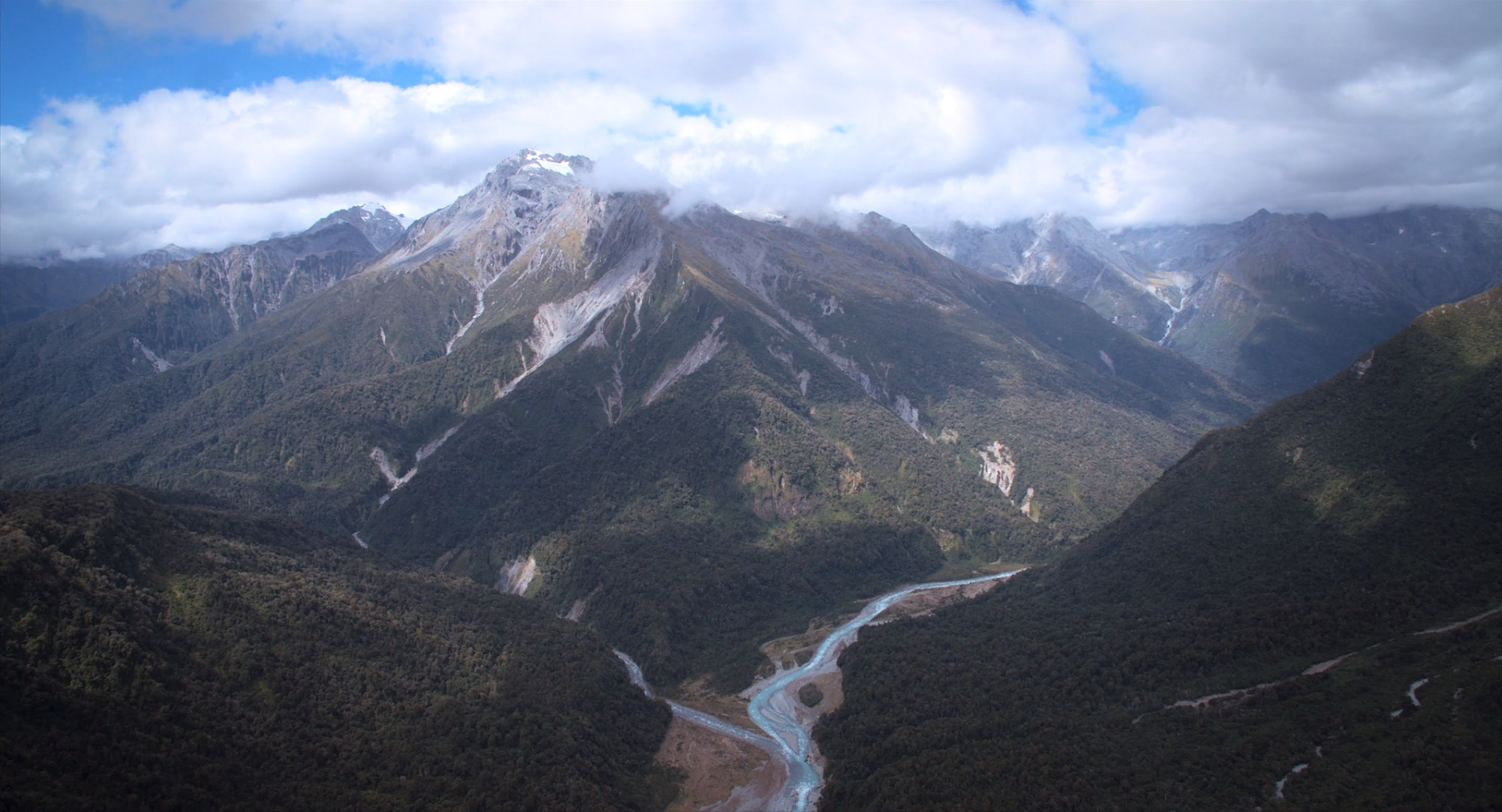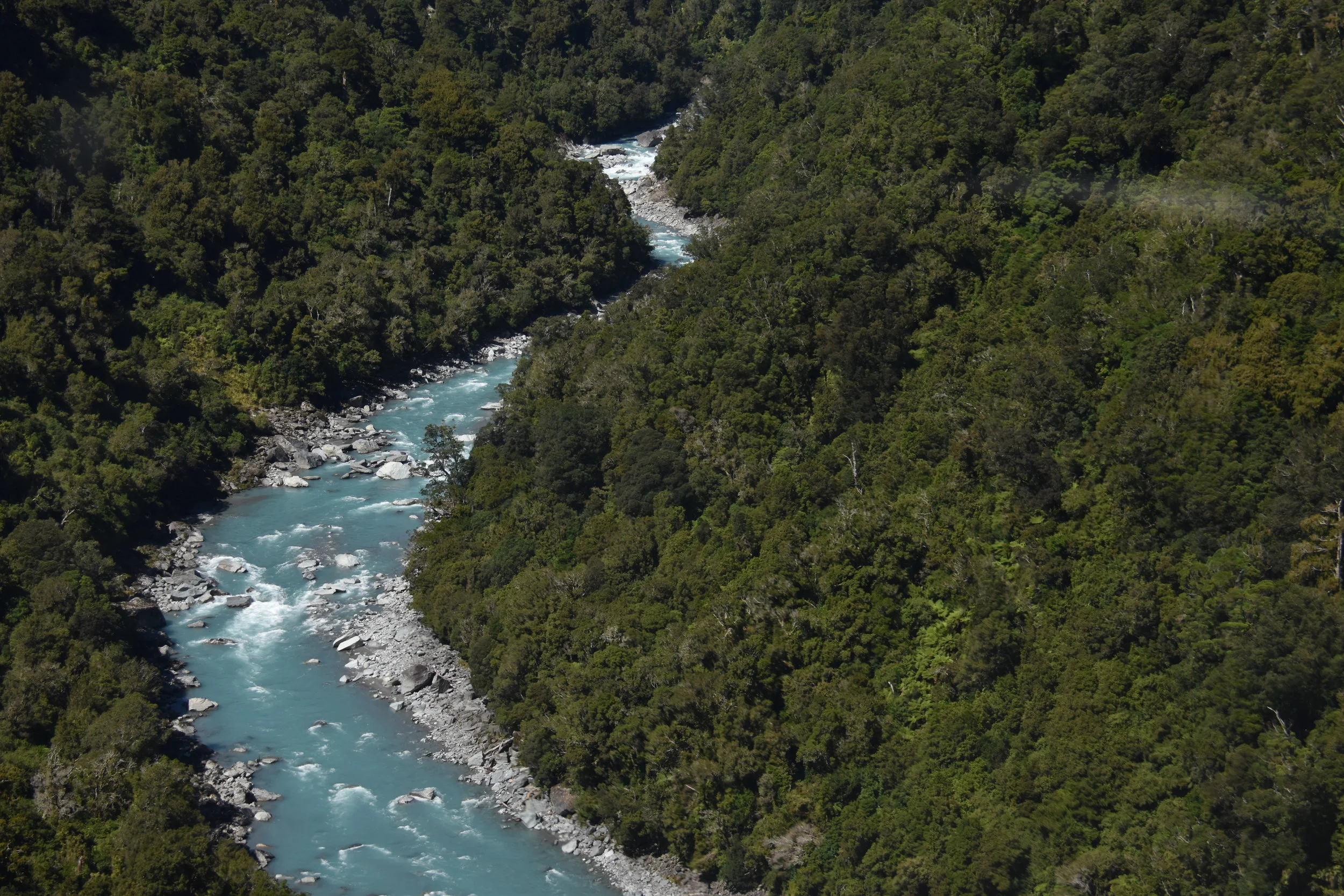Kea
We have fitted 29 kea within the project area with radio transmitters that alert staff if a transmitter has not moved for over 24 hours (indicating potential death of the animal wearing it). The kea will be monitored using Sky Ranger, a receiver mounted within a fixed wing aircraft, after each application of bait (i.e. pre-feed and the toxin).
Rock wren
As part of the work to fit kea with radio transmitters, we discovered that rock wrens are present in the research area in relatively large numbers compared to other similar sites.
With the assistance of DOC staff, we have started to visually survey rock wren numbers in selected parts of the alpine zone both within and outside the aerial baiting area. These surveys will be repeated after each of the two applications of the toxic bait (snow level allowing).
Whio (blue duck)
Sections of the Barlow, Perth and Scone Rivers, and the Bettison Stream will be surveyed by field rangers for the presence of whio. This survey will occur before the first toxic baiting, and after each toxin application to determine presence or absence of the birds.
Radio tags cannot be used in this instance, as the rivers in which the whio live are too dangerous for staff to access to catch and handle the ducks.
Tahr
A monitoring plan has been developed by the Game Animal Council, in association with ZIP, New Zealand Deerstalker Association, Professional Hunting Guides Association, and DOC.
A Game Animal Council-led team recently spent one day in the research area, with helicopter support, and attached collars containing radio transmitters to 21 tahr (made up of nannies and young males). These will also be monitored using Sky Ranger (at the same time as kea are monitored).
Measuring the effectiveness of rivers as barriers to rats
In November 2017 we reported on the results of a trial to determine whether a relatively small river is an effective barrier to possum migration. We are now running a trial to determine the effectiveness of the Perth River as a natural barrier for rats.
ZIP-designed automated lure dispensers, filled with Rhodamine B biomarker-laced peanut butter or ‘egg mayo’ (by Connovation) have been deployed along a 3.2km stretch of the river’s edge outside the research area (i.e. the true left side of the river). Kill traps have been deployed along the corresponding river edge inside the project area (the true right side). The rats caught in those traps after the first toxin application will be examined for presence of the biomarker; if it is found, then this will indicate that the rat(s) crossed the river.










































